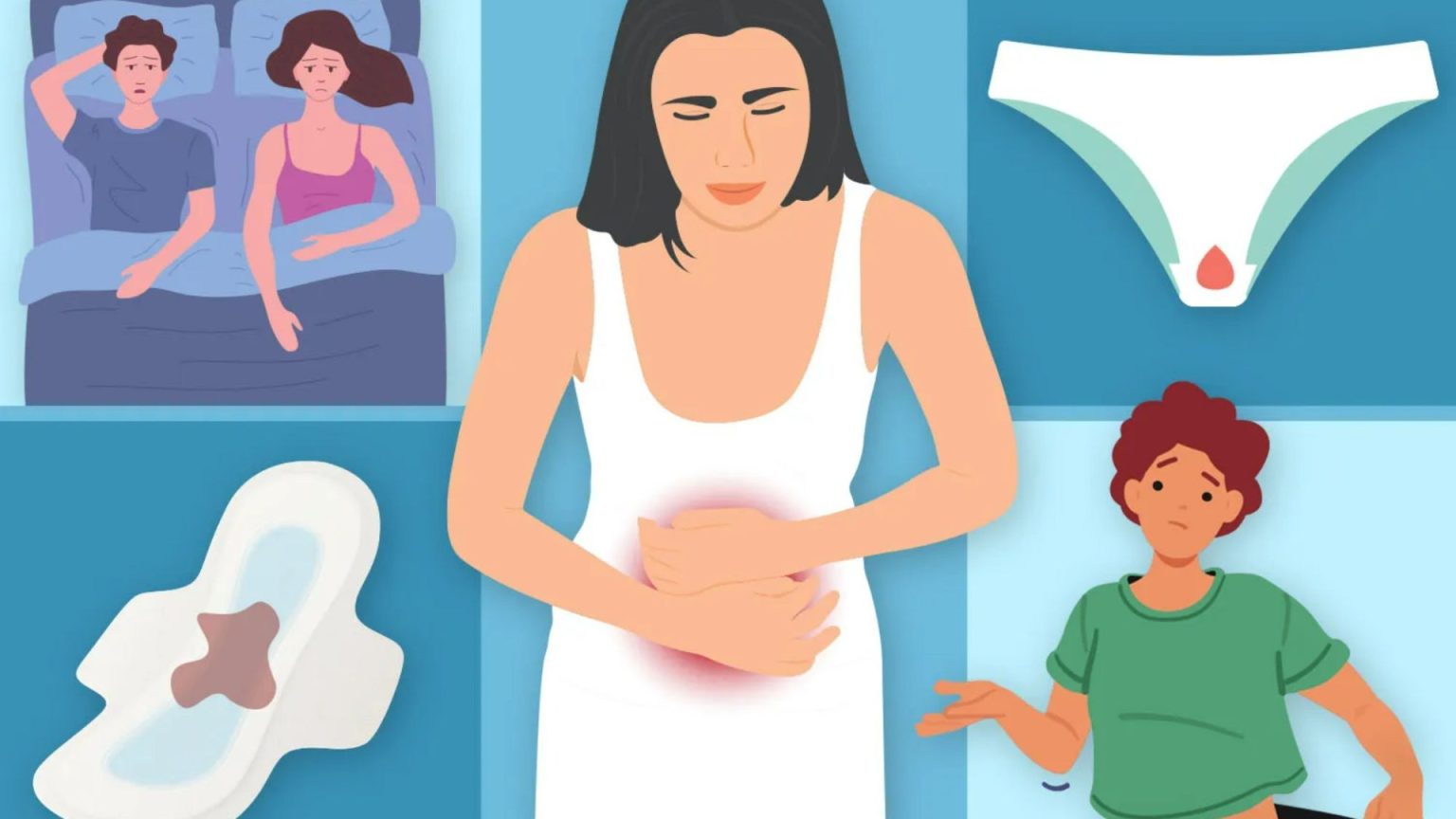Cervical cancer, a disease affecting the cervix (the canal connecting the womb and vagina), often presents subtle symptoms that can be easily overlooked. While women are generally encouraged to be vigilant about breast health, awareness surrounding cervical cancer symptoms often lags. These symptoms can sometimes manifest during intimate moments, making it important for both partners to be knowledgeable about the potential warning signs. This knowledge empowers individuals to seek timely medical attention, which is crucial for early diagnosis and effective treatment. The UK’s cervical screening program is a vital tool in early detection and prevention, saving thousands of lives annually. However, a significant portion of eligible individuals miss these crucial appointments due to embarrassment or misconceptions about the procedure.
One of the most common indicators of cervical cancer is unexpected vaginal bleeding outside of a normal menstrual cycle. This bleeding can occur between periods, after sex, or even after menopause. The underlying cause is the fragility of the cervical cells and blood vessels affected by the cancer, making them prone to bleeding even with minor friction. Another red flag is pain or discomfort experienced during sexual intercourse (dyspareunia). While there can be various reasons for painful intercourse, persistent, sharp, burning, or deep pelvic pain warrants investigation. Cervical cancer can cause inflammation and pressure on surrounding tissues and nerves, leading to such discomfort. Open communication between partners is crucial in addressing this sensitive issue and seeking appropriate medical advice.
Changes in vaginal discharge can also signal cervical cancer. While normal discharge is clear and odorless, discharge associated with cervical cancer can be heavier than usual, have a strong odor, appear watery, and may even contain blood. This is often mistaken for common infections like bacterial vaginosis, highlighting the importance of consulting a doctor for accurate diagnosis. Bloating and swelling, particularly in the hands, ankles, and feet, can indicate advanced cervical cancer. This occurs due to a buildup of urine in the kidneys. Finally, unexplained weight loss and persistent fatigue can also be warning signs. The body’s immune response to cancer can lead to increased fat breakdown and energy expenditure, resulting in these symptoms.
The primary cause of cervical cancer is infection with high-risk types of Human Papillomavirus (HPV). HPV is a common group of viruses transmitted through skin-to-skin contact in the genital area, including sexual activity and sharing sex toys. While the body typically clears HPV infections without complications, persistent infections with high-risk HPV strains can lead to cellular changes in the cervix, potentially developing into cancer. Fortunately, there are effective preventive measures. The HPV vaccine, offered to children aged 12-13, protects against the HPV types responsible for most cervical cancers. Regular cervical screenings are essential for early detection and treatment of precancerous changes.
Addressing concerns about potential cervical cancer symptoms with a partner requires sensitivity and open communication. Encourage your partner to seek medical attention, offering support and reassurance. Help them prepare for their appointment by documenting symptoms, their onset, and any relevant family history of cancer. Explain the process involved, which may include a cervical examination, swabs for infections, or a colposcopy (a procedure to examine the cervix closely). Emphasize that early detection significantly improves treatment outcomes and recovery chances. Practical support, such as helping with appointment booking, can also alleviate anxiety.
Navigating the complexities of sexual health can be challenging. Open conversations about genital health are crucial for both individual and shared well-being. Normalizing these discussions empowers individuals to take control of their health, promoting early detection and intervention when necessary. While the symptoms discussed can be indicative of various conditions, persistent or unusual symptoms should always be investigated by a healthcare professional. Don’t hesitate to seek medical advice if you experience any of these symptoms. Early diagnosis and treatment are crucial for the best possible outcomes.
Understanding the link between HPV and cervical cancer is vital. HPV is incredibly common, affecting most sexually active individuals at some point in their lives. It’s crucial to dispel the stigma and embarrassment associated with HPV, promoting open communication and informed decision-making about sexual health. While condoms can reduce the risk of HPV transmission, they do not offer complete protection. The HPV vaccine is the most effective preventive measure, protecting against the high-risk HPV strains responsible for most cervical cancers.
The UK’s cervical screening program is a cornerstone of public health, offering free screenings to eligible individuals. This program has significantly reduced cervical cancer incidence and mortality rates. However, maximizing its effectiveness requires active participation. Overcoming barriers like embarrassment and misconceptions about the screening process is crucial to ensuring that everyone benefits from this life-saving program. Encourage your friends, family, and partners to attend their cervical screening appointments. It’s a simple, quick, and potentially life-saving procedure.
The emotional and psychological impact of cervical cancer and its treatment should not be underestimated. Supportive partners play a vital role in navigating this challenging journey. Offering emotional support, active listening, and practical assistance can significantly improve a partner’s well-being and resilience during this time. Remember that open communication, empathy, and understanding are essential components of navigating any health concern, especially one as sensitive and potentially impactful as cervical cancer. Working together, partners can create a supportive and empowering environment that promotes early detection, effective treatment, and ultimately, a positive outcome.
Beyond individual actions, advocating for improved sexual health education and access to preventive services is essential. Raising awareness about cervical cancer, HPV, and the importance of regular screenings can empower communities and reduce the overall burden of this preventable disease. By fostering open conversations about sexual health, supporting research efforts, and advocating for policy changes that prioritize prevention and early detection, we can collectively strive towards a future where cervical cancer is a significantly less prevalent and impactful disease. Remember, knowledge is power, and taking proactive steps towards sexual health can make a profound difference in individual lives and community well-being.


